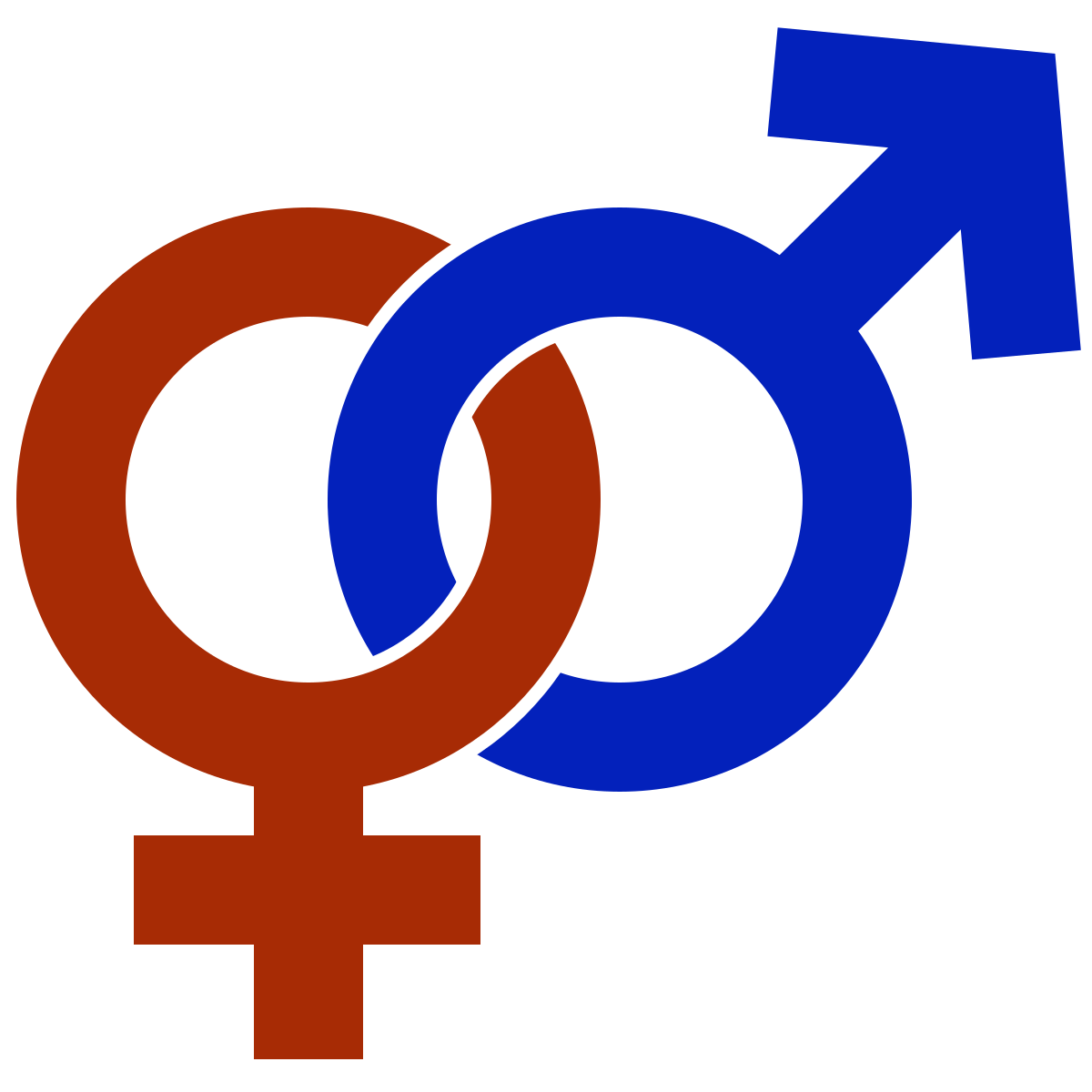As so often the case, lack of precise wording and expression results in confusion and cross-channel communications.
....
Gender includes the social, psychological, cultural and behavioral aspects of being a
man,
woman, or other
gender identity.
[1][2] Depending on the context, this may include
sex-based
social structures (i.e.
gender roles) and
gender expression.
[3][4][5] Most cultures use a
gender binary, in which gender is divided into two categories, and people are considered part of one or the other (
boys/
men and
girls/
women);
[6][7][8] those who are outside these groups may fall under the umbrella term
non-binary. Some societies have specific genders besides "man" and "woman", such as the
hijras of
South Asia; these are often referred to as
third genders (and
fourth genders, etc.). Most scholars agree that gender is a central characteristic for
social organization.
[9]
In the mid-20th century, a
terminological distinction in
modern English (known as the
sex and gender distinction) between biological
sex and
gender began to develop in the academic areas of
psychology,
sexology, and
feminism.
[10][11] Before the mid-20th century, it was uncommon to use the word
gender to refer to anything but
grammatical categories.
[3][1] In the 1970s,
feminist theory embraced the concept of a distinction between biological sex and the
social construct of gender. The distinction between gender and sex is made by most contemporary social scientists in western countries,
[12][13][14] behavioral scientists and biologists,
[15] many legal systems and government bodies,
[16] and intergovernmental agencies such as
WHO.
[17]
The
social sciences have a branch devoted to
gender studies. Other sciences, such as
psychology,
sociology,
sexology and
neuroscience, are interested in the subject. The social sciences sometimes approach gender as a
social construct, and gender studies particularly do, while research in the
natural sciences investigates whether
biological differences in females and males influence the development of gender in humans; both inform the debate about how far biological differences influence the formation of gender identity and gendered behavior.
Biopsychosocial approaches to gender include biological, psychological, and social/cultural aspects.
[18][19]
...

en.wikipedia.org


